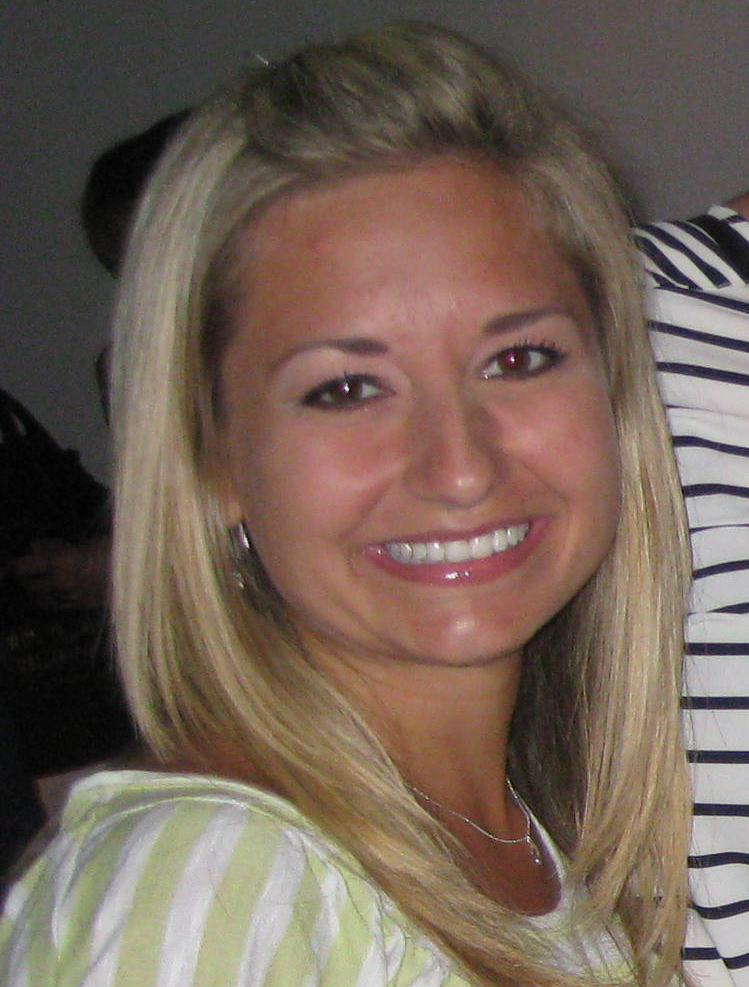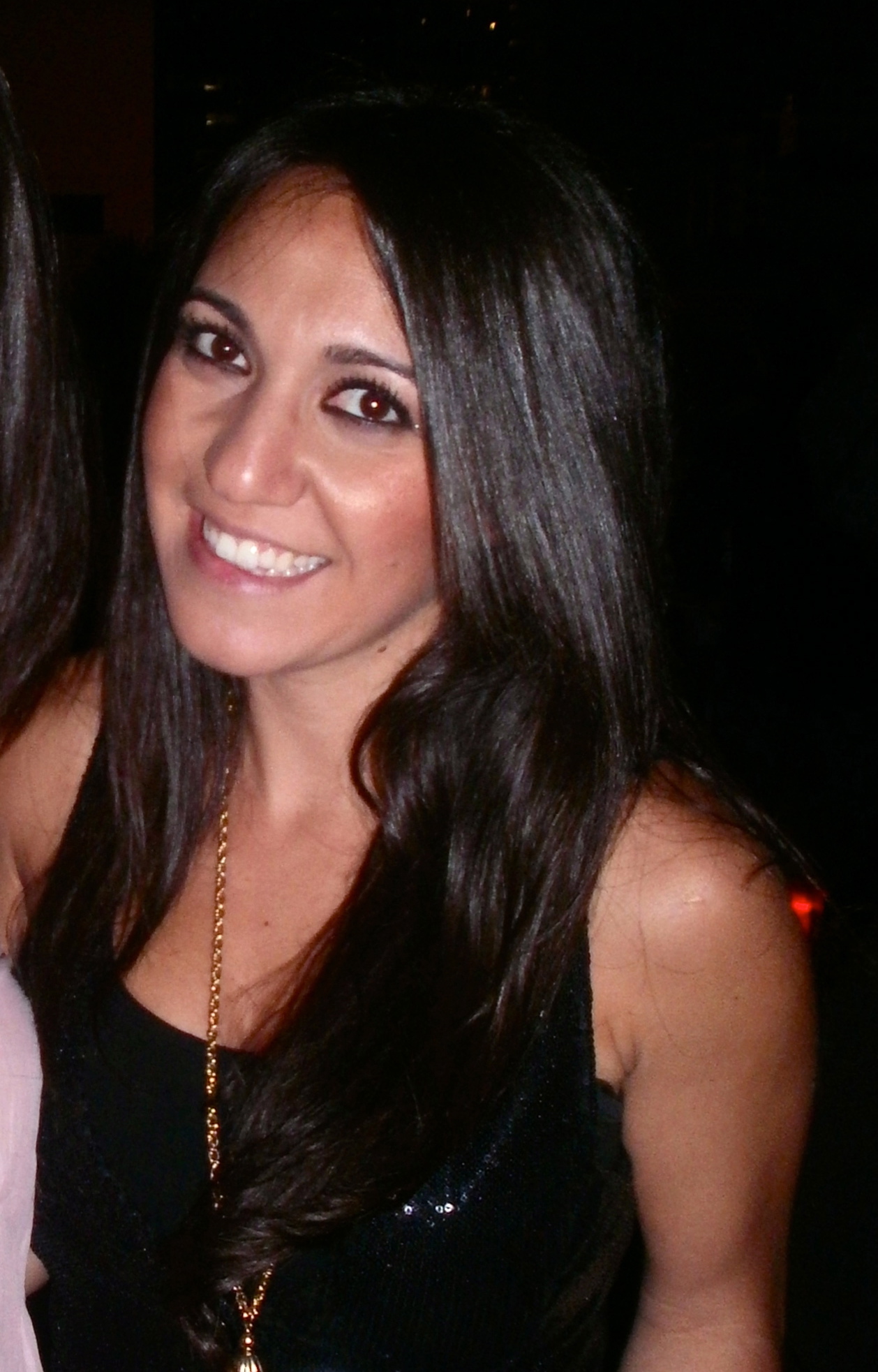This is the time of year when people start getting antsy with their current lease and begin thinking of where they want to live next year. Here to tell us about an option TJSL students should consider is Stephon. Stephon? “San Diego’s hottest new apartment complex is The Entrada. It has everything, a walkable commute to TJSL, multiple floor plans, and it allows pets.” Is that all Stephon? “Yes.” Alright thank you. Stephon, “well actually I have one more thing.” What is it? “It also has a sun deck for tanning, and a trolley stop.” Now here’s what your fellow TJSL students, and Entrada residents, had to say.
Jamie Moss, 2L, chose to live at the Entrada because of the proximity to the new campus and the fact that Thomas Jefferson took an interest in the property. She says, the "commute" to school is undeniably the best benefit of living at the Entrada. She also loves her spacious apartment that has a great view of downtown. The “spacious apartment” is a large studio. The building is mostly comprised of 98% studios. There are also one, two, and three bedroom units. She likes the fact that many TJSL students already live there, and plans to keep her lease through graduation. Britney Hamilton, 1L, likes the central courtyard, and that she can walk to a lot of places downtown. She also likes that Entrada has its own gym, and the security.
Lindsay Demery, 1L, likes the building because it is new and it is close to FIT. She chose to live there because she has a dog and the Entrada allows pets. Not that many places downtown allow pets, or if they do not many allow dogs.
Dean Beth Kransberger explains that TJSL wanted a way to help ease students’ transition into law school and San Diego by providing low maintenance, high quality living. Other law schools in metropolitan areas offer housing grants, and Thomas Jefferson wanted to stay competitive. Since taking over the master lease in December 2010, TJSL has hired San Diego’s top management company to achieve this goal. She sees it as an ideal building for law students. The Entrada consists of 172 units, 132 of which are available for rent to TJSL students. Right now 54 TJSL students live there. Each unit has washer, dryer, dishwasher, as well as all the standard appliances.
Student discounts: TJSL’s long-term goal is to offer housing grants, need based and merit based, for students to apply towards the Entrada. Currently when a large bulk of units become available at the same time the school offers discounts and move-in specials. As non-student tenants leave, law students come in. The goal is to rent all 132 units to TJSL students so TJSL can provide housing grants, need and merit based, to students.
The Entrada does seem to have it all. Imagine not paying the $80 per month to park at the Padres Parkade, and never moving your car for a Padres game. Imagine not taking the trolley to school every day. Imagine walking from your home to class, to your internship at a courthouse or law office downtown. Imagine walking your dog around the neighborhood then going to FIT in the evenings.
How to apply for an apartment: There are about 980 TJSL students and 132 units at the Entrada. About 6 – 8 units become available each month. To get on a wait list for an Entrada apartment, email Assistant Director of Admissions, Justin Cruz, at jcruz@tjsl.edu.



